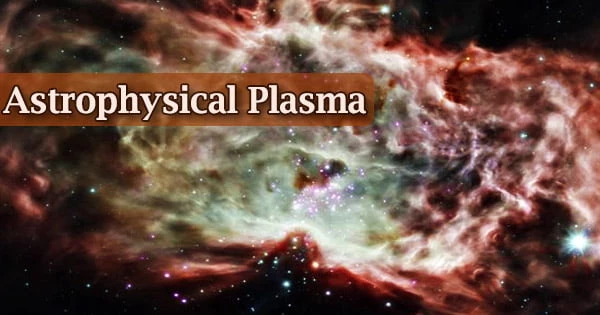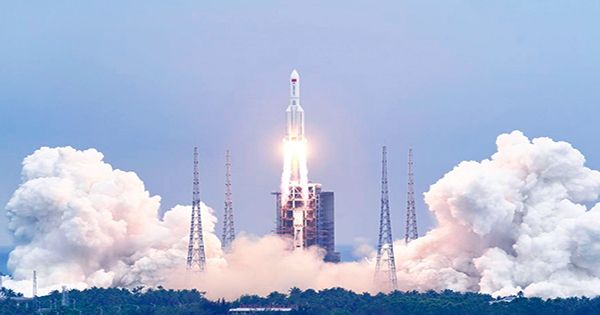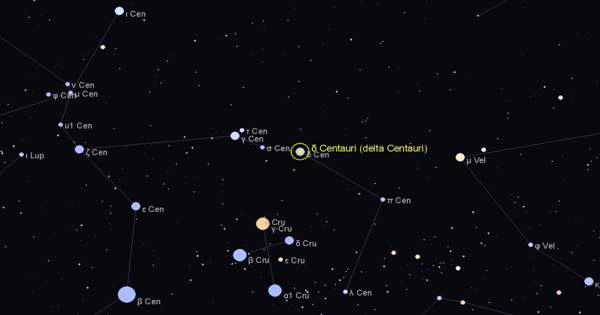The naturally occurring plasmas that cover the solar system and beyond are studied by the group studying space, solar, and astronomical plasmas. Outside the Solar System, astrophysical plasma is plasma (an ionized gas). It is frequently spotted in space and is investigated as part of astrophysics.
According to the generally held belief among physicists, this is how most of the universe’s baryonic matter is present. A plasma observed in astronomy whose physical characteristics are investigated by the field of astrophysics is referred to as an astrophysical plasma.
It is believed that plasma, a state of matter in which atoms and molecules are so hot that they have ionized by rupturing into their component parts, negatively charged electrons and positively charged ions, makes up the great bulk of the volume of the cosmos. When a substance is hot and energetic enough, it ionizes and creates a plasma.
This process separates matter into its component parts, which include positively and negatively charged ions and electrons. Local electromagnetic fields can have an impact on these electrically charged particles. The solar wind, which the Sun continuously emits, can have an impact on satellites orbiting the Earth and cause aurora.
Additionally, interstellar space contains plasma. The charged particles are significantly affected by electromagnetic forces, such as magnetic and electric fields, in addition to being affected by gravity. Similar to how electric fields are seen in some stellar astrophysical phenomena, very low-density gaseous mediums do not have an impact on them.
Every single plasma in known astrophysics is magnetic. They are electrically neutral generally because they have an equal quantity of electrons and ions. Space plasma, which often refers to the plasma of the Sun, the solar wind, and the ionospheres and magnetospheres of the Earth and other planets, is frequently distinguished from astrophysical plasma.
Charge imbalances can nevertheless happen because plasma phenonenon are so complex, leading to a property known as quasineutrality. A prime example is the heliospheric current sheet, the biggest structure in the Solar System, which is produced when the magnetic field of our Sun interacts with the electrons and ions in the interplanetary medium (also known as the Solar wind).
Star plasmas have the ability to create magnetic fields as well as interact with them, producing a variety of dynamic astrophysical phenomena. The Zeeman effect causes these phenomena to occasionally be seen in spectra. Since they generate electromagnetic radiation across a large portion of the electromagnetic spectrum, astrophysical plasma can be examined in a variety of ways.
As they generate electromagnetic radiation across a broad range of the electromagnetic spectrum, astrophysical plasma can also be examined in a variety of ways. As a rule, astrophysical plasmas are hot, which causes the plasma’s electrons to continuously generate X-rays through a process known as bremsstrahlung.
Kristian Birkeland, a Norwegian physicist, and explorer, may have made the first prediction that “dark matter” exists in space in 1913. Active galactic nuclei are of interest to researchers because they may contain astrophysical plasmas that are similar to laboratory plasmas. Numerous of these phenomena appear to display a variety of intricate magnetohydrodynamic characteristics, like turbulence and instability.
Despite the possibility that these events could be observed at scales as big as the galactic center, many physicists believe that the matter absorbed by super enormous black holes is what actually causes them. Hannes Alfvén, a plasma physicist, asserted in 1937 that if plasma inhabited the universe, it may carry electric currents that could produce a galactic magnetic field.
At the time, interstellar space was assumed to be a vacuum. The mainstream of academic astrophysics includes the study of astrophysical plasmas. Despite being a part of the traditional cosmological model, plasma processes may only play a small part in the formation of the greatest structures, such as voids, galaxy clusters, and superclusters.
















